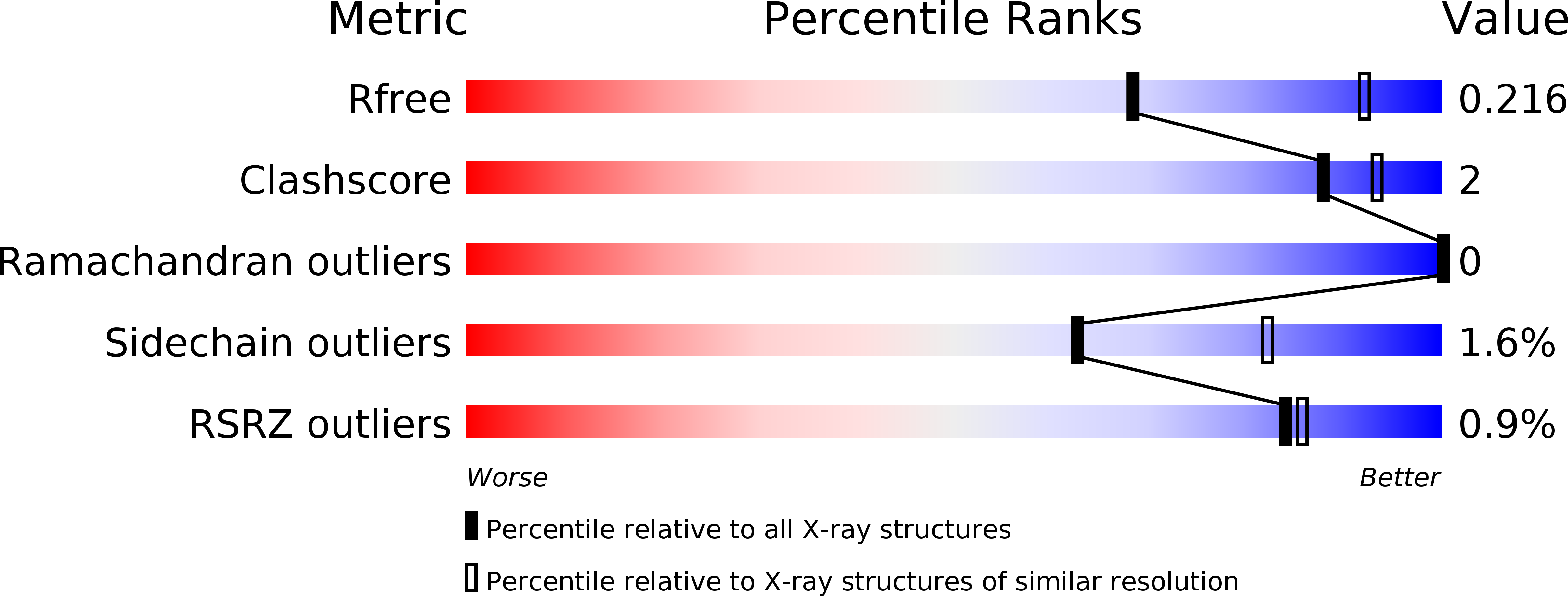
Deposition Date
2018-05-24
Release Date
2019-05-29
Last Version Date
2023-10-11
Entry Detail
PDB ID:
6DJA
Keywords:
Title:
ZN-DEPENDENT 5/B/6 METALLO-BETA-LACTAMASE FROM BACILLUS CEREUS
Biological Source:
Source Organism:
Bacillus cereus (Taxon ID: 1396)
Host Organism:
Method Details:
Experimental Method:
Resolution:
2.48 Å
R-Value Free:
0.20
R-Value Work:
0.16
R-Value Observed:
0.16
Space Group:
P 32 2 1


